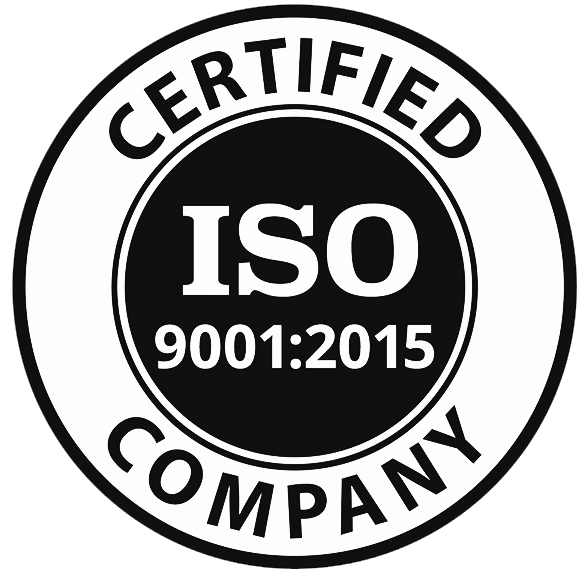

Constructing a residential building involves planning, obtaining necessary permits, foundation laying, framing, electrical and plumbing work, insulation, drywall installation, and finishing with flooring and fixtures. Each step requires skilled professionals and adherence to local building codes.
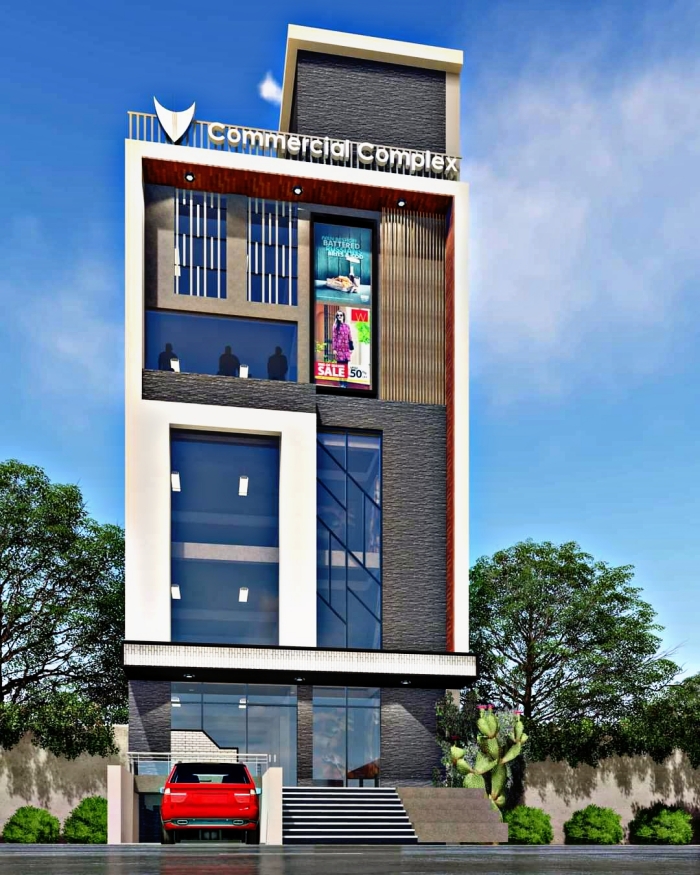
Commercial building construction entails similar steps to residential construction but on a larger scale. It includes planning, zoning compliance, structural design, and often specialized features like HVAC systems. Project management is crucial for coordinating various contractors and ensuring compliance with safety and accessibility standards.
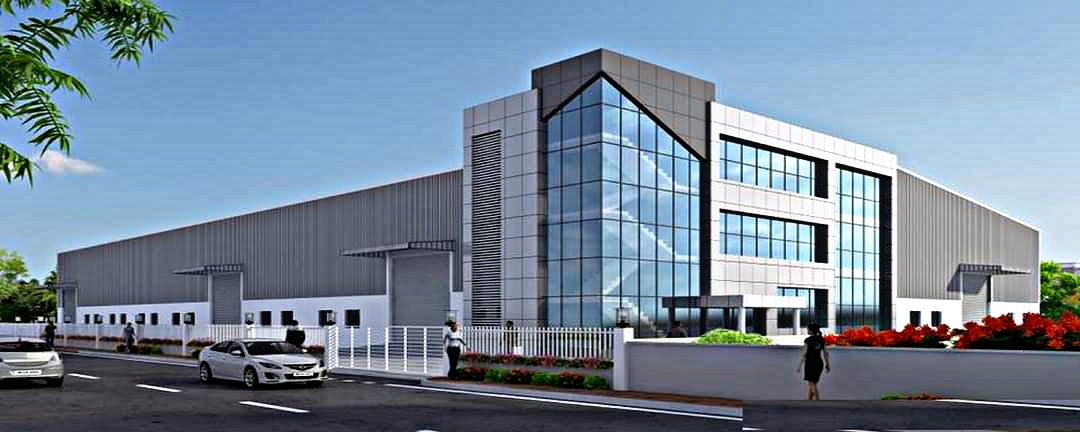
Industrial building construction focuses on structures for manufacturing, storage, or processing. It involves specialized considerations like heavy-duty foundations, large open spaces, and accommodating specialized equipment. Safety measures and compliance with industrial regulations are integral aspects of the construction process.
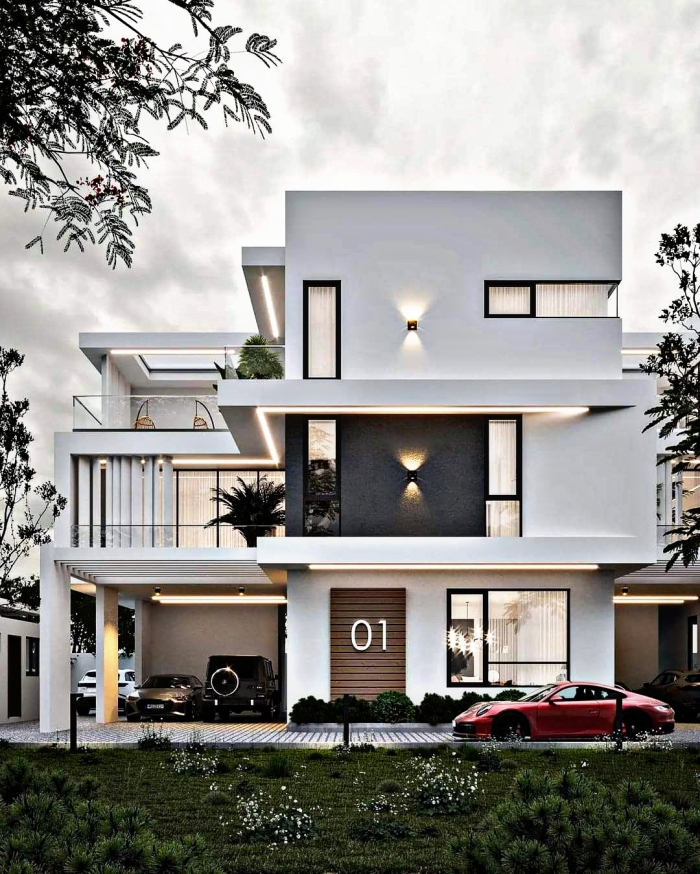
Constructing villas involves a more personalized approach, often with unique designs and high-end finishes. The process includes site planning, architectural design, foundation work, and attention to details like landscaping. Quality craftsmanship is essential for creating luxurious living spaces with distinctive features.

Apartment building construction involves planning, obtaining permits, and creating a multi-unit structure. Key stages include foundation work, erecting the frame, installing utilities, and finishing with interiors. Efficient space utilization, soundproofing, and compliance with zoning regulations are crucial considerations in apartment construction.

School building construction involves designing spaces for classrooms, administrative areas, and specialized facilities. The process includes site selection, architectural planning, compliance with educational regulations, and the incorporation of safety features. Attention to amenities like libraries, laboratories, and recreational areas is crucial for creating a conducive learning environment.
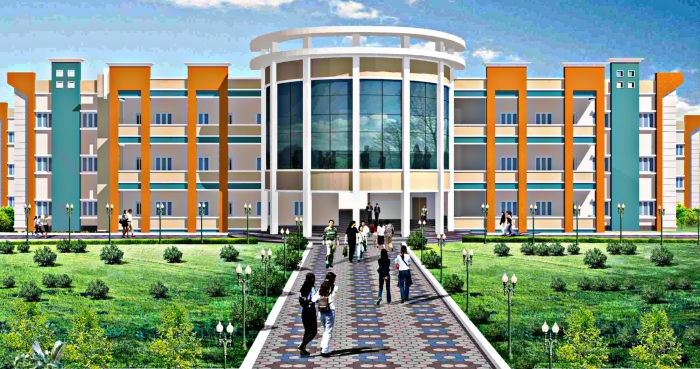
Constructing a college building involves comprehensive planning to accommodate various academic departments, administrative offices, lecture halls, libraries, laboratories, and recreational spaces. Attention to technology infrastructure, accessibility, and sustainability are key considerations. Collaboration with academic stakeholders and adherence to local building codes play a vital role in successful college construction projects.
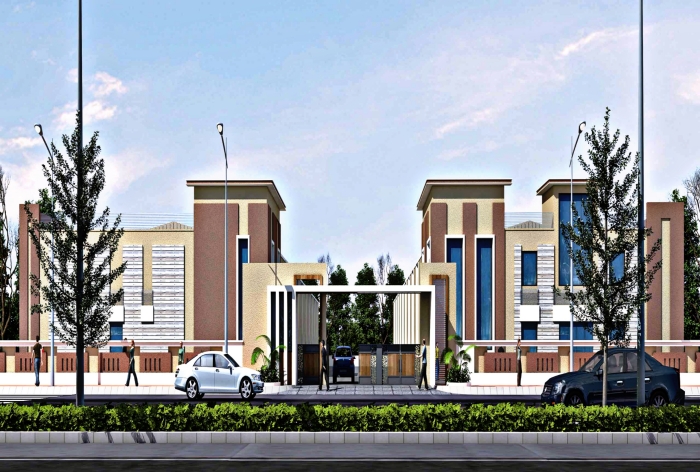
Factory building construction involves specialized planning for manufacturing processes, heavy machinery, and industrial safety. Considerations include layout design, structural integrity for equipment, utility installations, and compliance with environmental regulations. Efficient workflow design and attention to safety protocols are crucial in constructing functional and productive factory buildings.
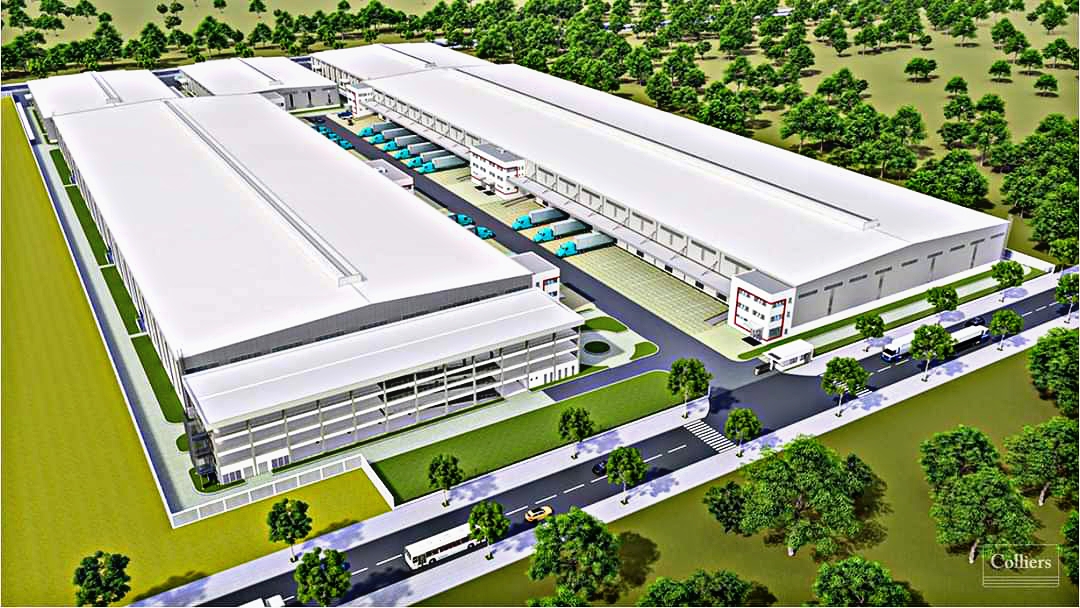
PEB (Pre-Engineered Building) construction involves using pre-designed and pre-fabricated components for quick and efficient assembly. The process includes detailed engineering, manufacturing of components off-site, and their assembly on-site. PEBs are often used for warehouses, factories, and commercial structures, providing cost-effective and time-efficient solutions compared to traditional construction methods.

Corporate building construction involves designing and constructing office spaces tailored to the specific needs of businesses. The process includes architectural planning, integrating technology infrastructure, and creating collaborative workspaces. Attention to energy efficiency, security features, and compliance with corporate standards contribute to the successful construction of corporate buildings.

Constructing a textile garments factory building involves specialized planning for the textile manufacturing process. This includes designing spaces for weaving, cutting, sewing, and finishing areas. Adequate ventilation, lighting, and utility installations specific to textile machinery are crucial. Compliance with safety regulations and incorporating efficient workflow designs are essential considerations in constructing a functional and productive textile garments factory.

Hospital building construction involves meticulous planning to create a facility that supports various medical functions. This includes designing spaces for patient rooms, operating theaters, diagnostic areas, and administrative offices. Compliance with healthcare regulations, incorporation of advanced medical technologies, and attention to infection control measures are critical aspects. The construction also considers future expansion and adaptability to evolving medical practices.

Mall building construction involves designing and constructing a complex space that accommodates various retail stores, restaurants, entertainment facilities, and common areas. The process includes detailed architectural planning, structural considerations for large open spaces, and incorporating features like escalators and elevators. Parking facilities, security measures, and energy-efficient design are also essential in creating a functional and appealing mall structure.
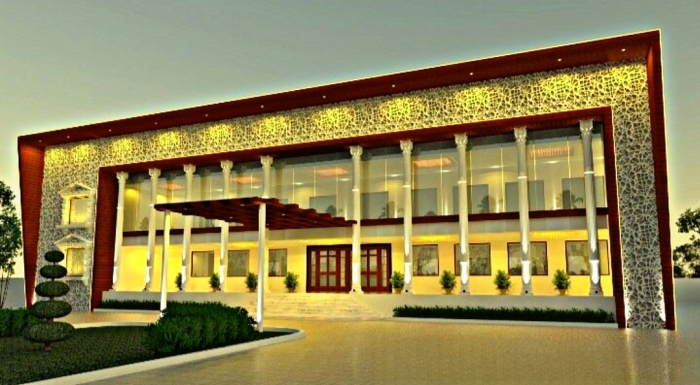
Constructing a marriage hall involves planning and designing a venue suitable for weddings and events. Key considerations include spacious halls, catering facilities, restrooms, and adequate parking. The design should also account for aesthetic elements for weddings, such as decor-friendly spaces. Ensuring compliance with safety regulations and local event hosting requirements is crucial in the construction of a marriage hall.

Hotel building construction involves creating spaces that cater to accommodation, dining, and recreational needs. The process includes architectural planning, interior design for guest rooms and common areas, and infrastructure for amenities like restaurants, pools, and conference rooms. Attention to safety, comfort, and adherence to hospitality industry standards are vital considerations in the construction of a hotel.

Auditorium building construction involves designing a space suitable for performances, conferences, and presentations. Key considerations include acoustics, seating arrangements, and stage design. The construction process includes structural planning, incorporating audiovisual systems, and ensuring accessibility features. Compliance with fire safety regulations and building codes related to large public gatherings is essential in constructing a functional and safe auditorium.
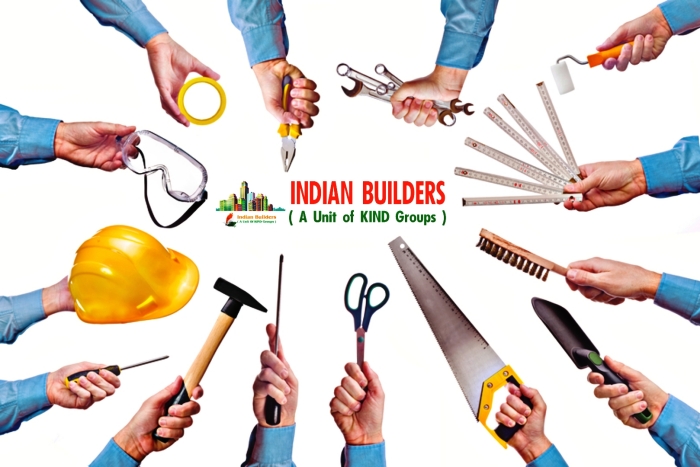
Renovation building construction involves refurbishing or upgrading existing structures. This includes assessing the current state of the building, planning improvements, obtaining necessary permits, and executing the renovations. Aspects like structural modifications, interior design changes, and adherence to safety codes are essential considerations in the renovation process.

